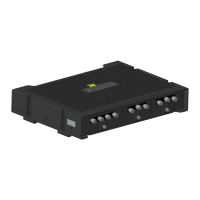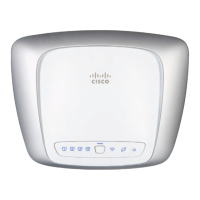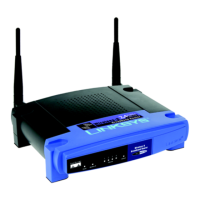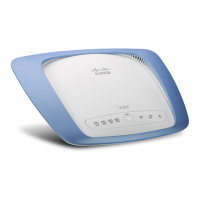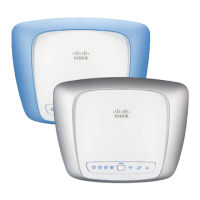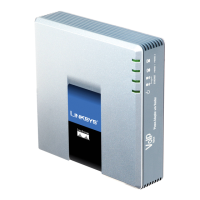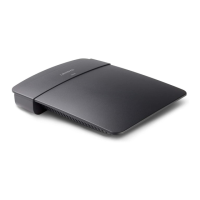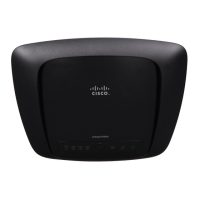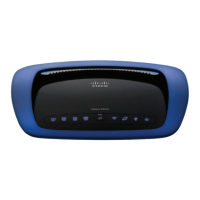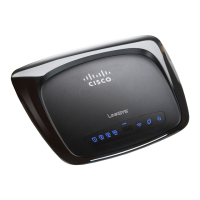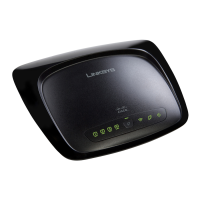36-2
Catalyst 3750 Switch Software Configuration Guide
OL-8550-02
Chapter 36 Configuring IPv6 Unicast Routing
Understanding IPv6
The architecture of IPv6 allows existing IPv4 users to transition easily to IPv6, and provides services
such as end-to-end security, quality of service (QoS), and globally unique addresses. The flexibility of
the IPv6 address space reduces the need for private addresses and the use of Network Address
Translation (NAT) processing by border routers at the edge of networks. IPv6 provides newer unicast
methods, introduces hexadecimal values into the IP address, and uses colons (:) instead of periods (.) as
delimiters.
IPv6 also provides these advantages over IPv4:
• Easier address management and delegation
• Easy address autoconfiguration with stateless autoconfiguration, which is similar to DHCP but does
not require a specified DHCP application or server
• Embedded IPsec (encrypted security)
• Routing optimized for mobile devices
• Duplicate Address Detection (DAD) feature
For information about how Cisco Systems implements IPv6, go to this URL:
http://www.cisco.com//warp/public/732/Tech/ipv6/
This section describes IPv6 implementation on the switch. These sections are included:
• IPv6 Addresses, page 36-2
• Supported IPv6 Unicast Routing Features, page 36-3
• Unsupported IPv6 Unicast Routing Features, page 36-6
• Limitations, page 36-7
• IPv6 and Switch Stacks, page 36-7
• SDM Templates, page 36-8
IPv6 Addresses
IPv6 supports three types of addresses: unicast (one-to-one), multicast (one-to-many), and anycast
(one-to-nearest). Multicast addresses replace the use of broadcast addresses. The switch supports only
IPv6 unicast addresses. The switch does not support site-local unicast addresses, anycast addresses, or
multicast addresses in this release.
The IPv6 128-bit addresses are represented as a series of eight 16-bit hexadecimal fields separated by
colons in the format: x:x:x:x:x:x:x:x. This is an example of an IPv6 address:
2031:0000:130F:0000:0000:09C0:080F:130B
For easier implementation, leading zeros in each field are optional. This is the same address without
leading zeros:
2031:0:130F:0:0:9C0:80F:130B
You can also use two colons (::) to represent successive hexadecimal fields of zeros, but you can use this
short version only once in each address:
2031:0:130F::09C0:080F:130B
For more information about IPv6 address formats, address types, and the IPv6 packet header, go to
“Implementing Basic Connectivity for IPv6” at this URL:
http://www.cisco.com/univercd/cc/td/doc/product/software/ios122/122newft/122t/122t13/ipv6_vgf.htm
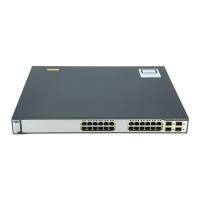
